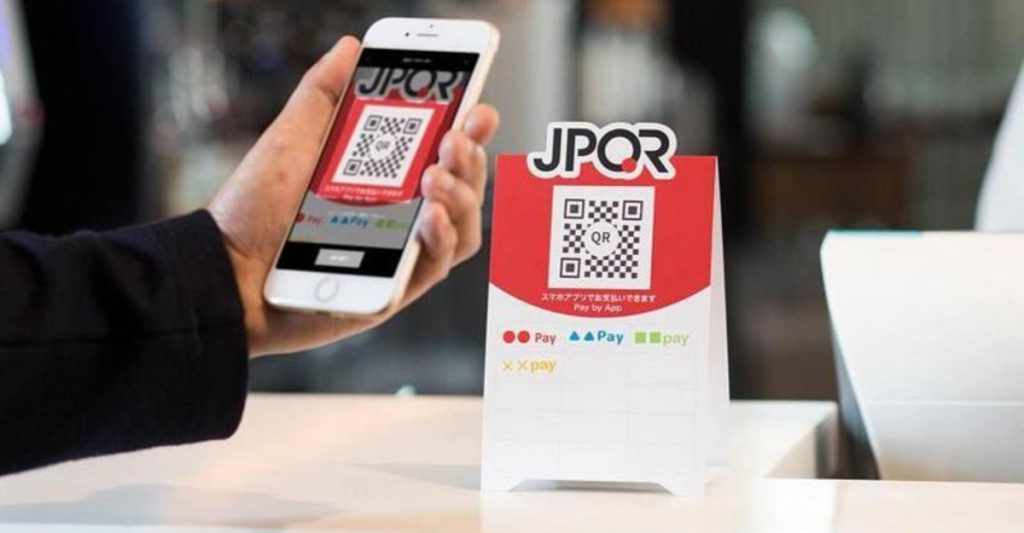Tourists from Singapore and several other Asian countries will soon be able to pay for their purchases in Japan using their local QR code wallets.
Under a new joint payment programme, eight participating countries will be able to scan Japan QR (JPQR) codes to make payments, the Straits Times reports.
Likewise, Japanese travellers can also use QR payments in these participating countries, which include Malaysia, Indonesia, the Philippines, Thailand, Cambodia, Vietnam, and India.
Japan aims for the scheme to take effect in time for the Osaka World Expo, which begins on April 13, 2025. The country is currently working to ensure that its JPQR payment system is compatible with the unified standards of the eight other countries.
Japan is lagging behind Asean countries in the usage of cashless payments
With just 15,000 businesses in Japan currently using the JPQR service, the country faces a pressing challenge to boost QR code system adoption nationwide. Compounding the issue, the majority of the businesses that utilise this system are small enterprises, which typically receive fewer visits from tourists.
“The challenge is that not many Japanese businesses are on board, though we hope the potential use by foreign visitors will be a catalyst to convince them to adopt JPQR,” Kenichi Matsuguma, the director of the cashless payment promotion office at Japan’s Ministry of Economy, Trade and Industry, told the Straits Times.
He added that Japan is already behind ASEAN countries such as Singapore, Indonesia, Thailand, Malaysia and the Philippines, who, back in 2022, had signed a pact to unify their QR code payment systems.
In 2023, less than 40 per cent of all transactions in Japan were cashless—a figure that is significantly lower than neighbouring countries China and South Korea, which boasted 83 per cent and 93.6 per cent of all transactions being cashless respectively.
The use of QR payments also only makes up 8.6 per cent of all cashless payments in Japan.
However, the country aims for to achieve 40 per cent cashless transactions by 2025, and eventually, 80 per cent, though no target year has been set for the latter goal.
Featured Image Credit: Payments Japan Association
